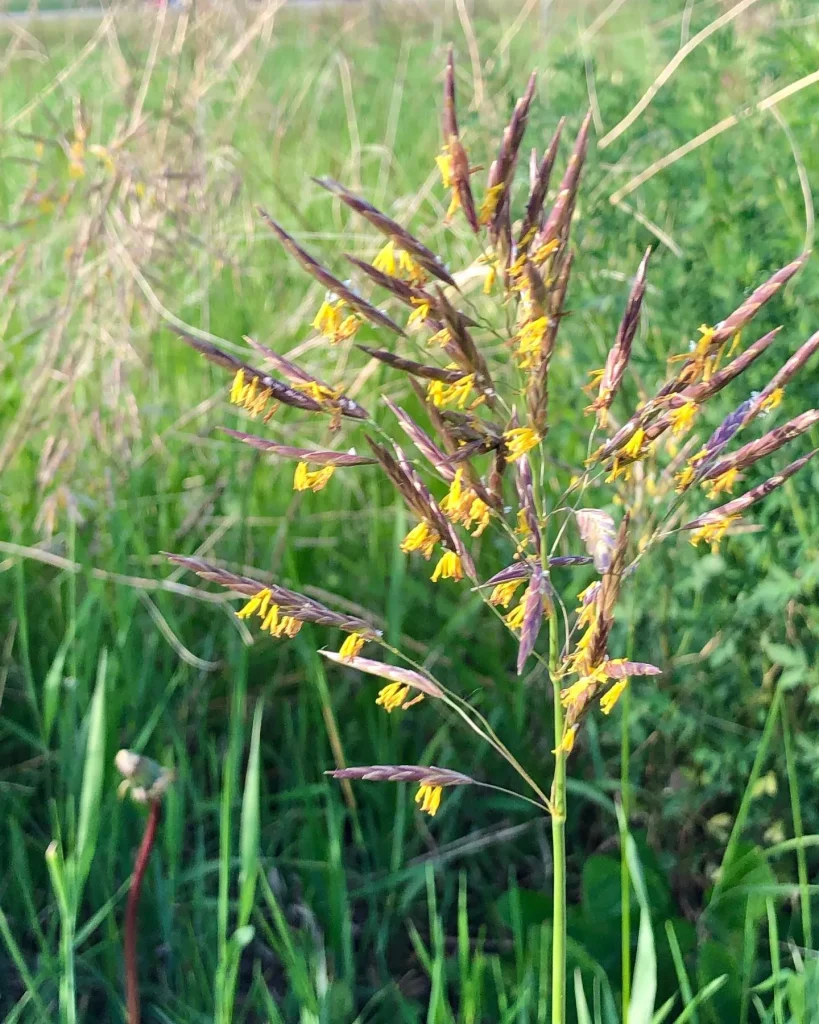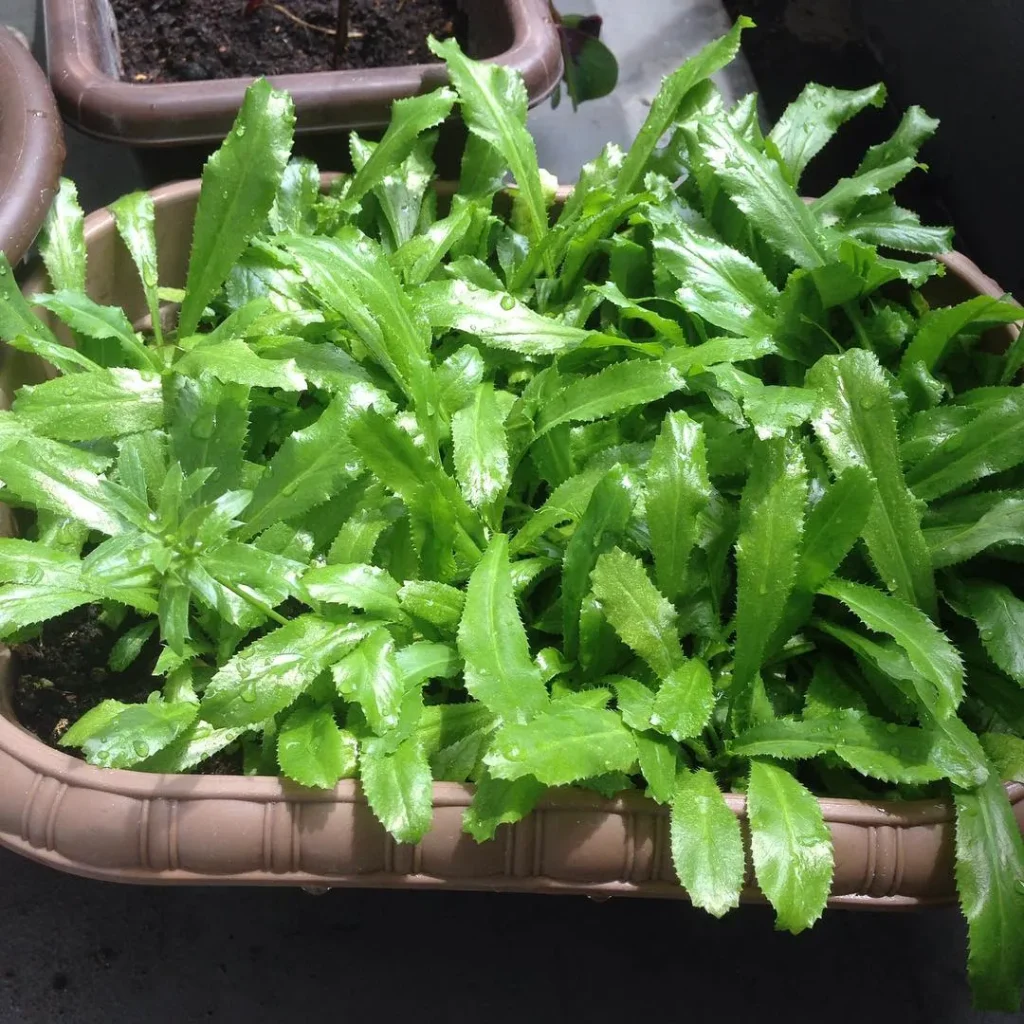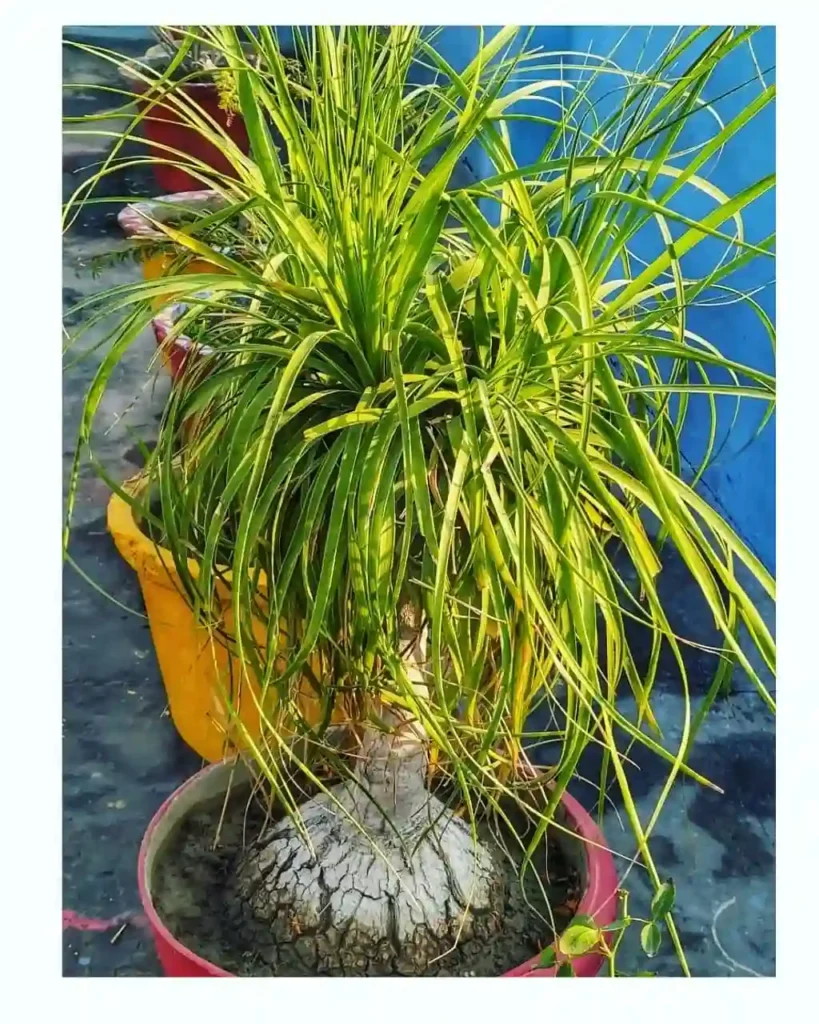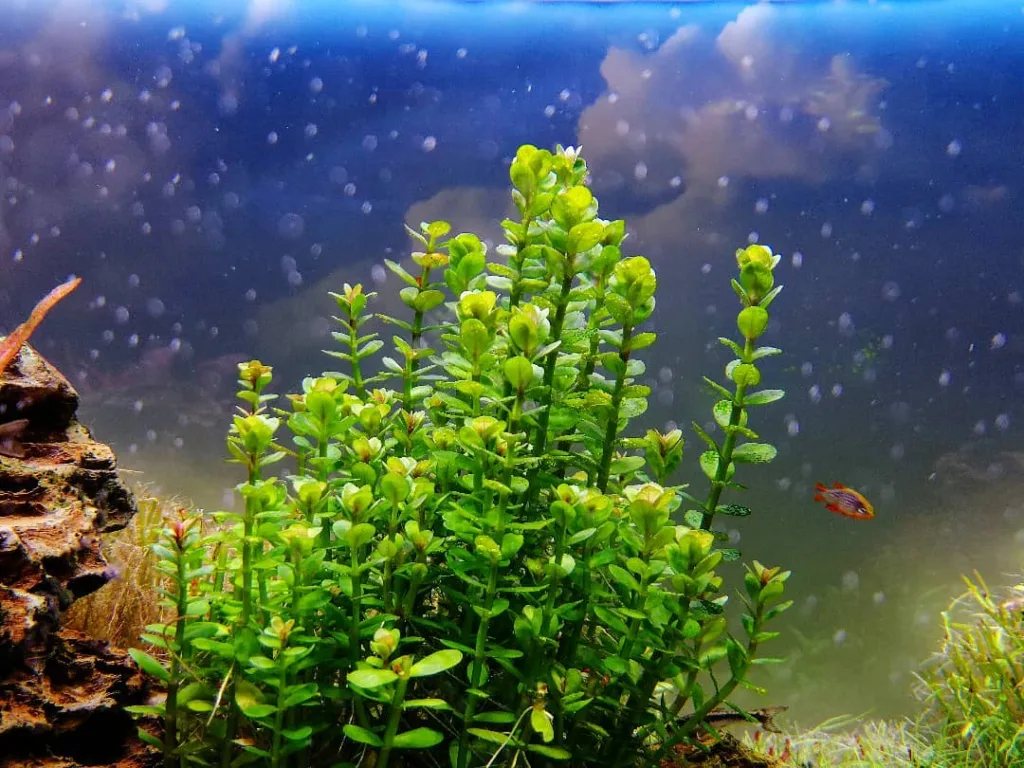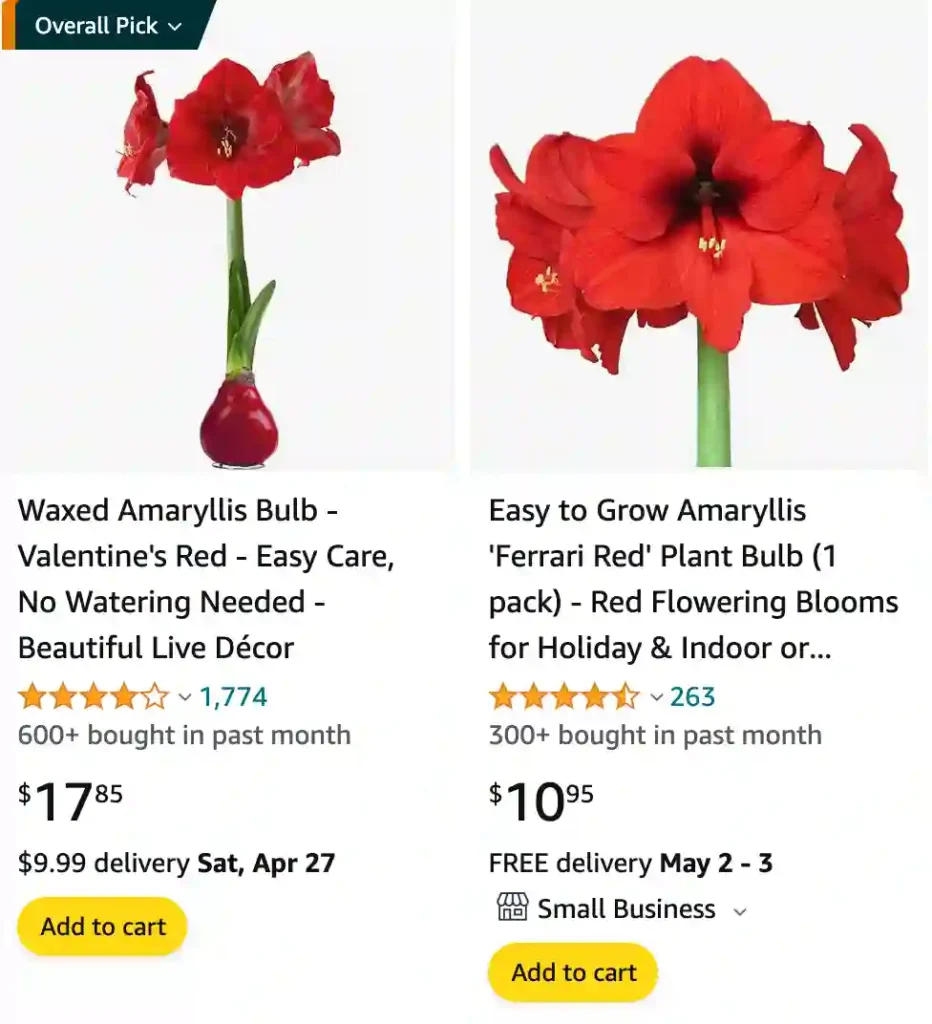
January 20 – Amaryllis
“Amaryllis, the bold and beautiful, belongs to January 20.”
This plant’s striking blooms symbolize confidence and determination. You light up any room with your charisma and fearless pursuit of your dreams.
The Amaryllis: A Flower of Subtle Beauty
As an avid gardener and lover of all things botanical, I, Ferb Vu, have always been fascinated by the amaryllis from the Amaryllidaceae family. With its tall, elegant stems and vibrant, trumpet-shaped flowers, the amaryllis is a true showstopper. But beyond its striking beauty, there’s a fascinating history and diversity to this genus that often goes unnoticed.
A Name with a Story
The name “amaryllis” itself has a captivating origin. Derived from the Greek word “amaryssein,” meaning “to sparkle,” it perfectly captures the essence of these radiant flowers. In Greek mythology, Amaryllis was a shepherdess who, in her unrequited love for the shepherd Alteo, pierced her heart with a golden arrow and watered the ground with her blood for 30 days. This devotion caused a crimson flower to spring forth, symbolizing her love and sacrifice.
While this tale adds a romantic layer to the amaryllis, the reality is a bit more complex. The genus we commonly call “amaryllis” is actually Hippeastrum, a group of South American bulbs. The true Amaryllis genus is native to South Africa and contains only a few species, the most well-known being Amaryllis belladonna, also known as the belladonna lily or naked lady. This confusion arose from early botanical classifications and has persisted to this day.
A Diverse Genus
Despite the misnomer, the Amaryllis genus offers a stunning array of colors and forms. From the classic red and white varieties to the more exotic shades of pink, orange, and even green, there’s an amaryllis to suit every taste.
- Amaryllis belladonna – Plant FAQs: Amaryllis Belladonna
- Amaryllis paradisicola
When to cut back amaryllis leaves?
I never cut back amaryllis leaves until they start yellowing on their own. Those leaves are crucial for the plant to gather energy and store it in the bulb for the next flowering cycle. In my experience, if you cut the leaves too early, you might get a weaker bloom season the following year, or even no blooms at all! I usually see the leaves start to yellow in late summer or early fall, and that’s when I know it’s safe to cut them back to a couple of inches above the bulb.
Are amaryllis poisonous to cats?
Unfortunately, yes, amaryllis are definitely poisonous to cats. I learned this lesson the hard way when my curious cat, Luna, nibbled on an amaryllis leaf. She ended up with some nasty stomach upset and vomiting. Thankfully it wasn’t too serious, but ever since then I make sure all my amaryllis are kept high up on shelves or in rooms Luna isn’t allowed in, just to be safe.
How to get amaryllis to rebloom?
Getting my amaryllis to rebloom has been a bit of a journey! The first year, I didn’t realize they needed a specific care routine to encourage those beautiful blooms again. However, now I’ve had success with a few key things. After the flowers fade, I continue watering and fertilizing regularly throughout the summer. This helps the bulb build up energy. In the fall, I move the pot to a cool, dark place and stop watering – this signals a rest period. After about 2-3 months, I bring it back out, repot it, start watering again, and voilà! New blooms usually emerge within a couple of months.
How to store amaryllis bulbs?
Storing amaryllis bulbs is actually pretty simple, which I appreciate since I’m not the most organized plant parent! After the blooms fade and the leaves yellow (don’t cut them off until then!), I carefully remove the bulb from the pot and brush off most of the soil. I check for any mushy or damaged parts and cut those off if I see any. Then, I wrap the bulb in newspaper and pop it into a paper bag. My basement is pretty cool and dark, so I tuck the bag on a shelf down there and basically forget about it until late fall when it’s time to re-pot and start the whole blooming cycle again.
Are amaryllis poisonous to dogs?
Sadly, yes, amaryllis are poisonous to dogs too. I actually have a friend whose Golden Retriever puppy got into an amaryllis plant and ended up at the emergency vet. The puppy was okay, but it was a scary experience for everyone. It’s really a shame because the flowers are so beautiful, but with pets around, it’s always better to be safe and keep them out of reach. I know some people even opt for artificial amaryllis if they have curious furry friends who like to explore with their mouths.
How to plant amaryllis bulbs in pots?
I love planting amaryllis bulbs – it’s so rewarding to watch them transform into these stunning blooms! I usually buy my bulbs in the fall. I choose a pot that’s just a bit bigger than the bulb, maybe with an inch or two of space all around. A sturdy pot is important because these flowers get tall! I fill the pot about halfway with well-draining potting mix, place the bulb in the center, roots down, then add more mix until the top third of the bulb remains exposed. I give it a good watering and place the pot in a sunny window – then the waiting game begins!
Do amaryllis bulbs multiply?
Yes, amaryllis bulbs do multiply! I’ve found they like to be a little crowded, so I don’t usually separate the new little bulbs (called offsets) that form around the main bulb unless my pot is getting really full. Sometimes I’ll even get two flower stalks out of one bulb! Watching my amaryllis grow and produce those gorgeous blooms is always so satisfying, and knowing that I might get even more flowers the next year makes it even better.
Can you plant an amaryllis outside?
Whether you can plant amaryllis outside really depends on where you live. I’m in a northern climate with harsh winters, so amaryllis wouldn’t survive outdoors year-round here. However, I know that in warmer areas (zones 8-10), you definitely can! My aunt in Florida has gorgeous amaryllis planted in her flower beds. If you’re not sure about your zone, it’s a good idea to check a local nursery or plant guide to see if amaryllis can thrive outdoors in your area.
How to pronounce amaryllis?
The tricky thing about pronouncing “amaryllis” is there are a few slightly different ways considered correct. I usually say it like “am-uh-RILL-iss”, with the emphasis on the “RILL”. I’ve also heard “am-uh-RILL-us” with a slightly softer emphasis at the end. Honestly, I think that as long you’re close enough, anyone with plant knowledge will know what flower you’re talking about.
How to grow amaryllis indoors?
I love growing amaryllis indoors because they add a vibrant pop of color during the dreary winter months! It’s a pretty simple process. I start with a good-sized bulb and a pot with drainage holes. Good potting mix, a sunny spot, and regular watering are key. After the initial blooming period, I don’t neglect the plant! I keep watering and fertilizing so the leaves replenish the bulb’s energy. With a little bit of care and a short winter dormancy period, my amaryllis have rewarded me with gorgeous blooms for multiple years.
How to grow an amaryllis bulb in a pot?
Growing an amaryllis bulb in a pot is one of the most rewarding gardening experiences I’ve had! Here’s how I do it:
- Pot & Soil: I pick a pot that’s slightly wider than the bulb – think an inch or two of space around it. Drainage holes are a must! I use a well-draining potting mix.
- Planting: I fill the pot about halfway with soil, set the bulb root-side down in the center, and add more soil. The key is leaving the top third of the bulb exposed above the soil.
- Watering & Light: A good initial watering is important, then I place the pot in a bright, sunny spot.
- The waiting game: It takes some patience, but usually, within a few weeks, I get to witness a sprout emerge and those stunning blooms unfurl!
How to preserve amaryllis bulbs?
I like to preserve my amaryllis bulbs so I can enjoy their blooms year after year. My process is pretty simple. After the flowers fade, I continue to water and fertilize the plant throughout the summer to help the bulb store energy. Once the leaves start to yellow naturally in the fall, I cut them back and move the pot to a cool, dark spot for a rest period–my basement is perfect for this. After around 8-10 weeks, I bring the pot back out into the light, repot it with fresh soil, start watering, and wait for those gorgeous blooms to reappear.
How to prune amaryllis?
There are two main times I prune my amaryllis plants:
- After flowering: Once the flowers fade and start to wilt, I snip off the flower stalks at the base, just above the bulb. This keeps the plant from wasting energy trying to produce seeds and redirects it to strengthening the bulb.
- Before dormancy: After a season of growth, when the leaves naturally start to turn yellow and die back, I trim them back to just a couple of inches above the bulb. This signals to the plant that it’s time for its rest period.
How to remove wax from amaryllis bulbs?
Removing wax from amaryllis bulbs is something I do if I want to rebloom them. The wax is pretty to look at, but it prevents the bulb from getting the water and nutrients it needs. I usually start by peeling off the easy-to-remove chunks with my fingers. For the trickier spots, I sometimes use a dull knife to gently scrape off the wax, being careful not to cut into the bulb itself. It doesn’t have to be completely immaculate, just removing the majority of the wax makes a big difference.
How to repot amaryllis?
I always repot my amaryllis after their dormant period ends, just before starting the new growing cycle. Here’s what I do:
- Prep: Gently remove the bulb from its old pot, knocking off any loose soil. I trim any long or mushy roots.
- Choose the pot: Select a pot slightly larger than the bulb, with drainage holes.
- Add Soil: Fill the pot about halfway with fresh, well-draining potting mix.
- Place the bulb: Position the amaryllis bulb in the center, roots facing down, leaving about a third of the bulb exposed above the soil.
- Backfill: Add more potting mix around the bulb, gently firming it in.
- Water & wait: Give it a good initial watering and place the pot in a bright spot, and anticipate those stunning blooms within a few months!
What does amaryllis mean?
The name “Amaryllis” has a few interesting layers of meaning:
- Greek Origin: It’s a Greek name meaning “to sparkle” or “to shine”, which definitely feels fitting considering their gorgeous, vibrant blooms.
- Flower Symbolism: Amaryllis often symbolize pride, determination, and radiant beauty. In Victorian times, they were associated with strength and success.
- Mythological Connection: There’s also a Greek myth about a shepherdess named Amaryllis who fell in love and shed her blood to create a stunning red flower with that name.
Overall, the name embodies the beauty and a bit of drama that these flowers are known for!
When to fertilize amaryllis?
I fertilize my amaryllis at a few key stages:
- After initial blooming: Once the flowers fade, I start fertilizing with a balanced liquid fertilizer every few weeks. This helps the leaves replenish the bulb’s energy stores.
- During active growth: I continue fertilizing regularly throughout the summer while the leaves are green and actively growing.
- Before dormancy: I stop fertilizing a few weeks before I induce the dormancy period in fall. This signals to the plant it’s time to start conserving energy.
I find that fertilizing at these times gives my amaryllis the boost they need for healthy growth and beautiful blooms the next season.
When to start amaryllis for christmas?
To have stunning amaryllis blooms in time for Christmas, the key is planning ahead a bit. Here’s the timeline I follow:
- Planting Time: Ideally, you want to plant the amaryllis bulb 6-8 weeks before you want it to bloom. So, for a Christmas bloom, aim to plant in early to mid-November. This gives the bulb enough time to root, grow a flower stalk, and develop those gorgeous blooms.
- Earlier Start for More Blooms: If you’re worried about exact timing, you can always plant one amaryllis bulb in early November and another a few days later. This increases your chances of having blooms throughout December, including Christmas Day.
Amaryllis vs Hippeastrum
The Hippeastrum’s blooms feel more extravagant to me, with their vibrant colors and larger petals, whereas Amaryllis exudes a classic elegance with its slender, sturdy stems.
Amaryllis vs Lily
Lilies captivate me with their intense fragrance that fills the room, creating a sensory delight, whereas Amaryllis bulbs surprise me each year with their robust, trumpet-shaped flowers that bloom effortlessly indoors.
Amaryllis vs Daylily
Daylilies charm me with their daily surprises, offering a constant display of delicate, ephemeral blooms throughout the season, whereas Amaryllis bulbs are a cherished winter indulgence, bursting forth with dramatic, long-lasting flowers that brighten the cold months.
Amaryllis vs Easter Lily
Easter Lilies evoke memories of spring celebrations, their pure white petals and heavenly scent symbolizing renewal and hope, whereas Amaryllis bulbs bring a festive cheer during winter holidays, their bold colors and sturdy stems lifting spirits indoors.
Amaryllis vs Hibiscus
Hibiscus plants remind me of sunny days and tropical escapes, with their exotic, oversized blooms that demand attention, whereas Amaryllis bulbs offer a touch of elegance indoors, their striking flowers unfolding gracefully amidst winter’s chill.
If i die, water my plants!
